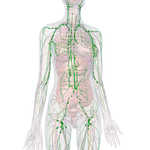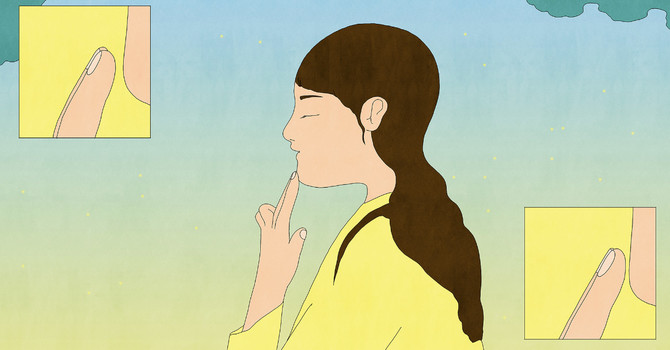A stagnant Lymphatic System can be likened to bath water that’s been bathed in and has been sitting for days. That doesn’t exactly sound like something you’d want to bathe in if you were looking to clean your body, now does it? The bathtub has a drain that needs to be pulled when a bath is over.
Consequently the lymph, unlike other systems of our body, does not have an internal pump or drain. Lymph moves through our body because of movement, when we are stagnant so is our lymph. This means that movement of our bodies is critical to healthy lymph circulation.
What is the Lymphatic System?
The Lymphatic System is responsible for cleansing our muscles, tissues and organs and carrying out the metabolic waste that runs through our body. Metabolic waste in the Lymphatic System consists of water, glucose, salts, proteins, fats, white blood cells and other cellular debris.
Primarily undetected lymph delicately flows below the surface of the skin, and deep within the body. Superficially you may have noticed lymph nodes around your neck, groin, or arm pits. Lymph also has major pathways that flow deep within the body around the heart and lungs. Lymph nodes are primarily found from the head to the knee while the system flows throughout the entire body.
White blood cells called Lymphocytes are produced and stored within the lymph nodes. Our bodies contain an average of 500-700 lymph nodes. Lymphocyte cells are distributed throughout the lymph fluid and internally bathe our body regularly to fight infection and disease.
Lymph typically flows at a rate of 10-12 bpm. Following an hour long (MLD) Manual Lymphatic Drainage session the lymph will flow at 100-120 bpm for about 48 hours post treatment.
Who are Lymphatic Drainage Treatments good for?
Edema can happen for many reasons and it is necessary to correct the cause of edema first. A trained therapist will be able to tell if the lymph vessels are functioning properly, but the system can’t handle the excessive liquid in the tissue. MLD can assist drainage with traumatic issues: knee injury, sprains, strains, fractures (pre & post cast), as well as facial paralysis, neuralgia, edema’s associated with autoimmune, IBS, esthetic, CFS, fatigue in general, headaches, detoxification, gerontology, gynecology and many more, please contact me if you have any questions. This treatment is very good for elderly people because of its profound effects on tissue regeneration and oxygenation, immune system stimulation, stress release, and health maintenance. Because it has very gentle and calming effects it is popular with the elderly. It can also have a positive effect with cerebral degeneration and memory loss.
Clients who are familiar with the Lymphatic System will also come in just to simply stimulate the flow of the lymph to prevent illness or infection. Essentially everyone can benefit from stimulating the lymph, especially those who are wanting to detox their systems.
What Treatments Target the Lymphatic System?
While body treatments may be looked upon by the average person as being a luxurious spa procedure, the primary reason for many body treatments is to stimulate the lymph. Manual Lymphatic Drainage, and an Ayurvedic warm oil massage called Abhyanga both assist the movement of lymph.
Manual Lymphatic Drainage (MLD) is often referred to as Lymphatic Massage but the combination of the two words completely contradict each other. MLD is movement of the lymph, there is no massaging involved in Lymph Drainage. Massage is the manipulation of muscle tissue which is definitely not what you are trying to achieve in the movement of lymph. It is also called LDT (lymphatic drainage therapy) depending on who your training was received from, but the treatment has the same concept with slightly different techniques used.
Conditions Contraindicated for Lymphatic Drainage Therapy:
-
Acute Infections/inflammatory illnesses in development, fever, bacterial infections, influenza, etc. Hot red, painful tissues, congestion accompanied by fever. Wait until fever breaks or clinical signs have clearly diminished.
-
Serious circulatory problems - phlebitis, risk of embolism, venous obstruction of specific veins.
-
Major cardiac problems - acute angina, uncontrolled congestive heart failure.
-
Hemorrhage (including internal bleeding)
-
Acute anuresis (absence of urination)
-
Malignant ailments not under medical protocols - always work closely with physicians.
There are conditions that are precautions and would be discussed with the client prior to initiation of treatment, treatments may be shorter with longer time between sessions.

Denise Holmlund
Momentum Health Consults, Patient Navigator, Patient Consulting, Craniosacral Therapy (CST), Block Therapy, Fluid Dynamics, Lymphatic Drainage and Ayurvedic Services
Contact Me







